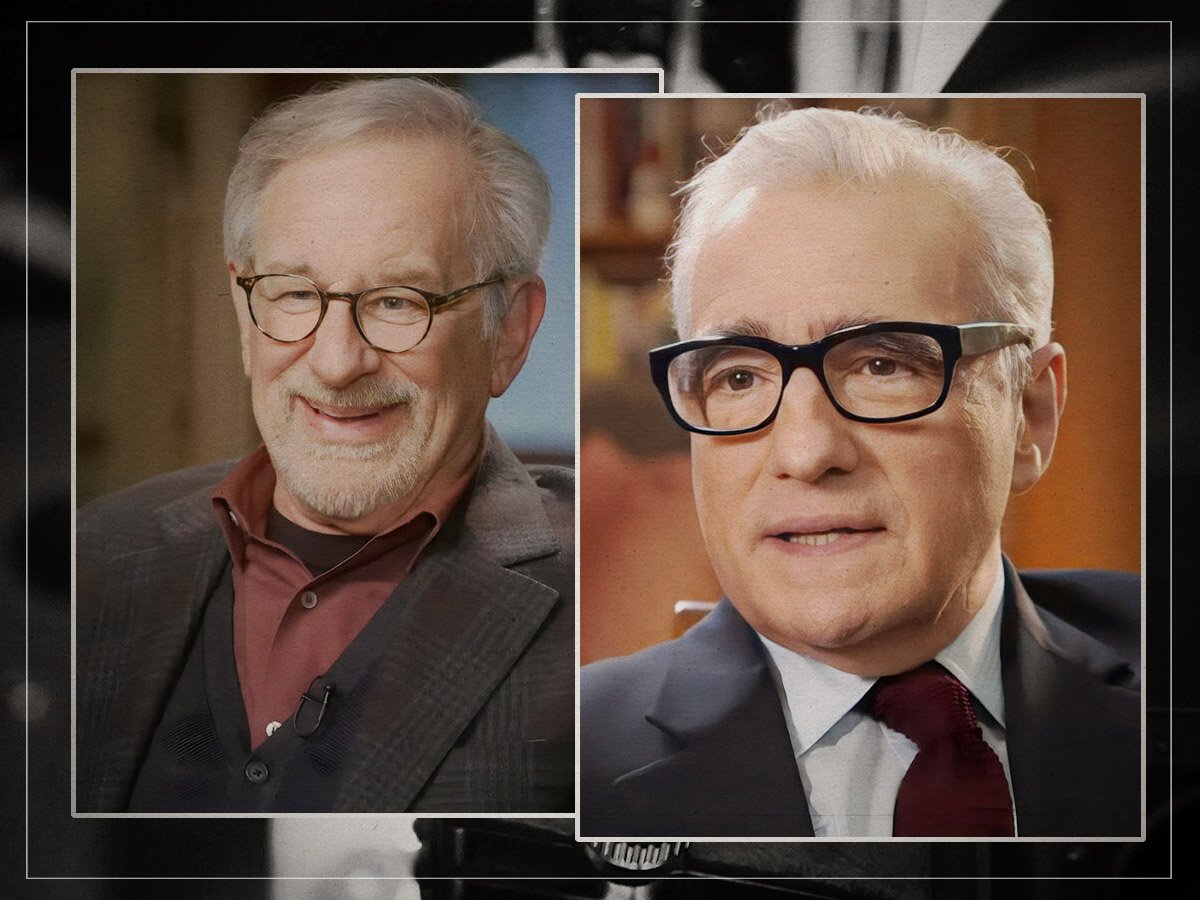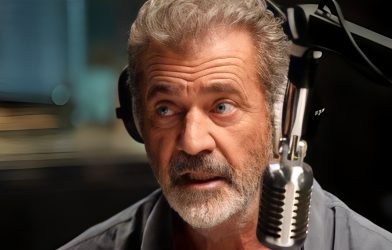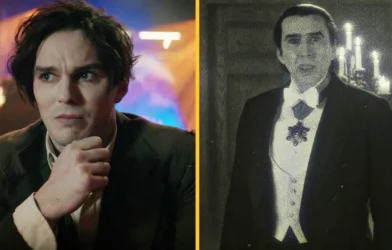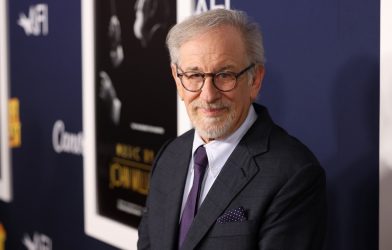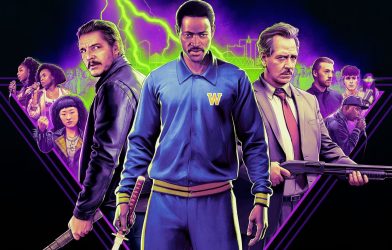
(Credits: Far Out / YouTube Still / Magnolia Pictures)
When Hollywood is known for its snatch ‘n’ grab attitude towards the most profitable projects, it’s refreshing to know that this is not true for every filmmaker. The lure of money-making productions is usually enough to convince filmmakers to put pen to paper and sign themselves up to make miserable movies to pursue a paycheque. So it is especially welcomed to learn that master directors Steven Spielberg and Martin Scorsese, who in the late 1980s traded esteemed projects for the benefit of one another.
The two legendary moviemakers have been in charge of some of the most commercially successful and critically acclaimed pictures of all time. Making their way into the new Hollywood movement in the 1970s, Spielberg and Scorsese have remained friends ever since, collaborating with one another and offering advice as they plotted their journey through cinematic waters. They believed so deeply in one another that they even swapped projects.
The films in question? 1991’s Cape Fear and 1993’s Schindler’s List. Back at the end of the 1980s, Steven Spielberg was in the development of Cape Fear, the story of a convicted rapist (eventually depicted by Robert De Niro with devastating effect) released from prison after a lengthy sentence who decides to track down the family of the lawyer who tried to defend him years ago. A dark and violent film, Steven Spielberg, who had just bookended the family-friendly Indiana Jones trilogy with The Last Crusade, decided to turn down the project, offering it instead to his good friend Martin Scorsese whilst staying on as a producer through his Amblin Entertainment.
Speaking at the time, Spielberg commented on the notoriously treacherous script, “I wasn’t in the mood; it’s as simple as that…I just couldn’t find it inside me to make a scary movie about a family being preyed on by a maniac”. It was a serious project and one that demanded Spielberg’s entire concentration, something he was clearly not ready to afford it.
With Bill Murray bizarrely chosen by Spielberg to take the lead role of Max Cady in Cape Fear, Scorsese quickly came in and requested his long-time collaborator Robert De Niro take the role. The actor developed hefty muscle and paid a doctor $5,000 to grind down his teeth for the role to give his character a more sinister appearance.

The director, however, wanted Harrison Ford for the role of Sam Bowden instead of Nick Nolte, though after Ford called to play Cady instead, Nolte insisted on his interest to play Bowden, and Scorsese cast him for the part.
Before then, Martin Scorsese was attached to the harrowing holocaust drama Schindler’s List from Thomas Keneally’s book Schindler’s Ark, though due to the director’s recent controversy of The Last Temptation of Christ and even Goodfellas, he decided to seek a less daunting project. “In the case of ‘Schindler’s List,’ the trauma I had gone through was such that I felt to tackle that subject matter…I knew there were Jewish people upset that the writer of The Diary of Anne Frank was gentile,” Scorsese explained.
The Goodfellas director continued: “I heard that there were people who complained about Schindler, that he used the inmates to make money off them. I said, ‘Wait a minute.’ I could, well, not defend him, but argue who he was. I think he was an amazing man, but I didn’t know if I was equipped for it at that time. I didn’t have the knowledge.” Instead, the director passed on the project.
Instead, after Sid Sheinberg sent Spielberg a New York Times review of Keneally’s book, the director swapped places with Scorsese stating, “I was drawn to it because of the paradoxical nature of the character…what would drive a man like this to suddenly take everything he had earned and put it all in the service of saving these lives?”.
Though even Spielberg held reservations about the film, unsure if he was ‘mature enough’ to make a film about the holocaust, again Spielberg tried to hand the project over to other directors, including Roman Polanski, Billy Wilder, Sydney Pollack and Brian De Palma. Following the fall of the Berlin wall, Spielberg finally decided to make the film, seeing a flurry of neo-Nazism rise after 1989 and Holocaust deniers given platforms in popular media.
Thankfully, the result of this tradeoff led to the production of two excellent and iconic films of the 1990s, though our imagination is running wild with the idea of Bill Murray as Max Cady. Oh, what could’ve been.
Related Topics

